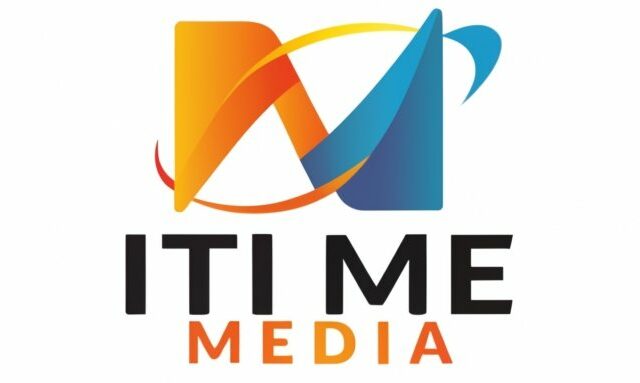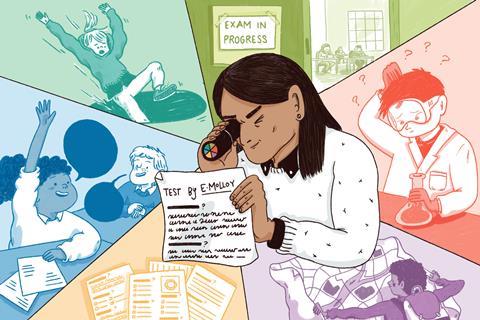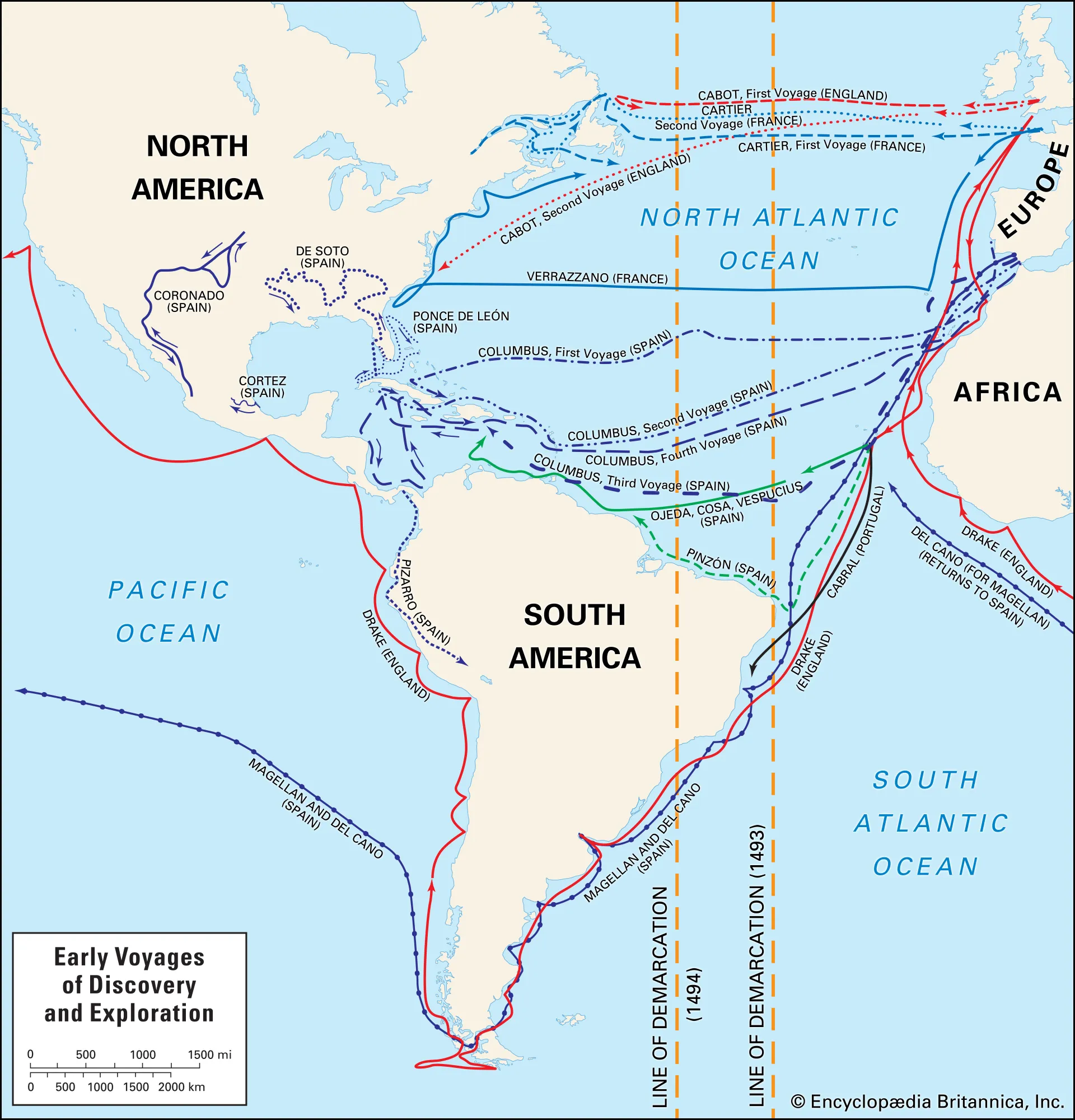Introduction
Assessment is an integral part of the education process, serving as a powerful tool for evaluating students’ knowledge, skills, and understanding of the curriculum. Different assessment methods are employed by educators to gauge the effectiveness of teaching strategies, provide feedback to students, and inform instructional decisions. In this article, we explore various assessment methods used in education, their advantages and limitations, and the role they play in enhancing learning outcomes and measuring student progress.
The Purpose of Assessment in Education
Assessment in education serves multiple purposes that contribute to a comprehensive learning experience:
- Measuring Learning Outcomes: Assessments help measure how well students have mastered the content and skills taught in the curriculum, enabling educators to evaluate the effectiveness of their teaching methods.
- Providing Feedback: Assessments offer valuable feedback to students on their strengths and areas for improvement, encouraging self-reflection and motivation to enhance performance.
- Identifying Learning Gaps: Through assessment results, educators can identify individual and group learning gaps, allowing for targeted interventions and differentiated instruction.
- Informing Instruction: Assessment data informs instructional decisions, enabling educators to adjust teaching strategies to meet the diverse needs of their students.
- Monitoring Progress: Regular assessments allow educators to track student progress over time, providing a comprehensive view of their academic development.
Common Assessment Methods
- Written Tests and Examinations: Traditional written tests and examinations assess students’ knowledge, comprehension, and application of course material. These assessments often include multiple-choice questions, short-answer questions, and essay questions.
- Performance-Based Assessments: Performance-based assessments evaluate students’ ability to apply their knowledge and skills to real-life scenarios or tasks. Examples include projects, presentations, portfolios, and hands-on demonstrations.
- Quizzes and Formative Assessments: Quizzes and formative assessments are conducted during the learning process to check students’ understanding of specific topics. They provide immediate feedback and guide instructional adjustments.
- Observations: Educators can use direct observations to assess students’ behavior, social skills, and engagement in the learning process. This method is particularly useful for young learners and students with diverse abilities.
- Self-Assessment and Peer Assessment: Self-assessment encourages students to reflect on their learning progress, while peer assessment involves students evaluating each other’s work. Both methods promote metacognition and foster a deeper understanding of the subject matter.
Advantages and Limitations of Assessment Methods
- Written Tests and Examinations:
- Advantages: Efficient for large-scale assessment, objective scoring, and standardized comparison.
- Limitations: May not fully capture students’ understanding, limited in assessing higher-order thinking skills.
- Performance-Based Assessments:
- Advantages: Assesses practical application and creativity, provides a more authentic representation of student abilities.
- Limitations: Time-consuming to administer, scoring subjectivity may exist.
- Quizzes and Formative Assessments:
- Advantages: Provide timely feedback, identify learning gaps early, and support ongoing learning progress.
- Limitations: May not thoroughly assess overall understanding, limited in scope.
- Observations:
- Advantages: Assess behaviors and interactions, particularly useful for assessing social and emotional skills.
- Limitations: Subjectivity in observation, potential observer bias.
- Self-Assessment and Peer Assessment:
- Advantages: Foster student engagement, encourage ownership of learning, and enhance metacognition.
- Limitations: Students may lack objectivity in self-assessment, peer assessments require clear criteria and guidelines.
Balancing Assessment Methods
Effective assessment practices involve a balance of various assessment methods to obtain a comprehensive view of student learning. A well-rounded assessment approach integrates both formative assessments, which provide ongoing feedback to improve learning, and summative assessments, which measure learning outcomes at specific points in time. Educators must consider the purpose of assessment, the content being assessed, and the diverse needs of their students to select appropriate assessment methods.
Conclusion
Assessment methods in education are invaluable tools for evaluating student learning, guiding instructional decisions, and fostering continuous improvement. A diverse array of assessment methods, including written tests, performance-based assessments, observations, and self-assessment, offer unique advantages in capturing different aspects of students’ knowledge and skills. By employing a balanced and thoughtful approach to assessment, educators can optimize learning experiences, identify learning gaps, and support the academic growth of their students. Through meaningful assessment practices, education can truly become a transformative journey of exploration, growth, and achievement.



